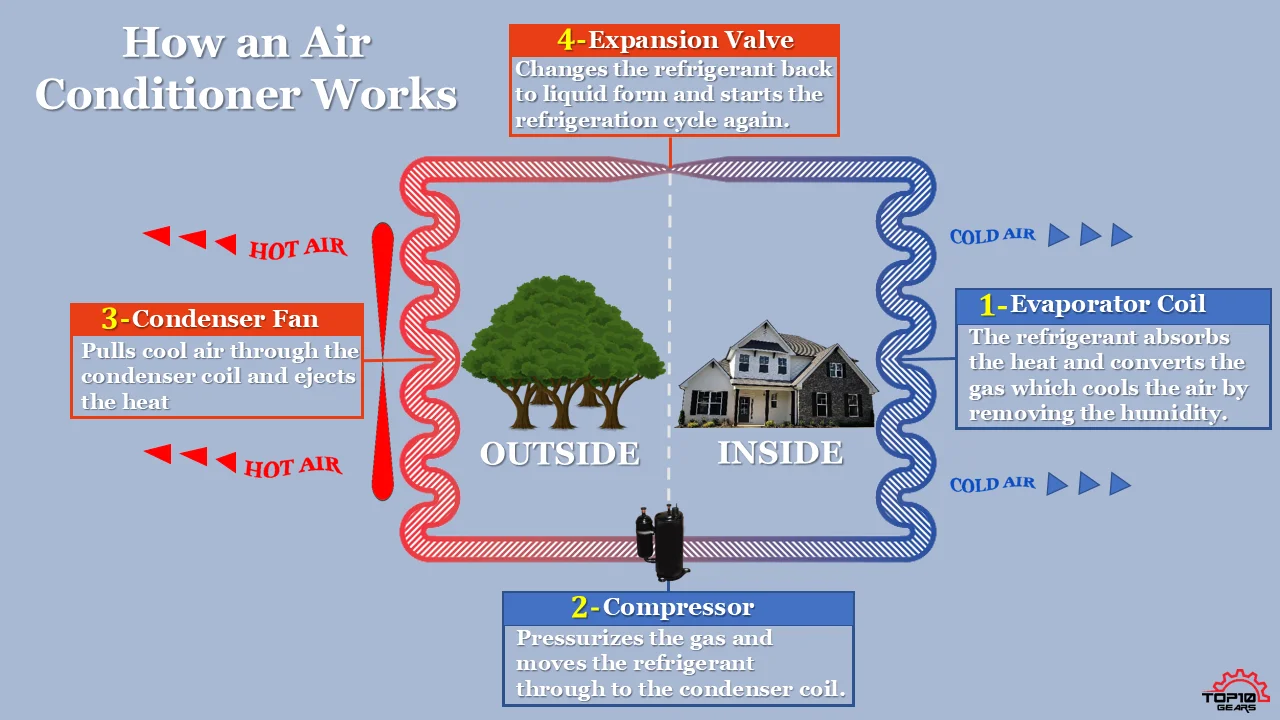
Sitting in front of my Air Conditioner, I was thinking about How AC works? How this appliance keeps our home cool in the hot summer months? I always thought that an air conditioner produces cold air and cools the room, well I was wrong. So I did a little bit of research on working of an air conditioner and thought of sharing the same with you all.
An air conditioner works by taking away the room’s heat and transferring it to the outside environment. The working of an AC is based on the principle of physical chemistry of phase change, i.e., as a liquid evaporates into a vapor, it absorbs heat from the surrounding, and as it condenses, it releases heat.
If you are interested in learning more about the working of an air conditioner, how it lowers the temperature of a room, what is a refrigeration cycle, what are the different processes involved, and how does AC removes humidity, then read on.
Laws that govern the Working of an Air Conditioner
There are two laws of physics or physical chemistry that govern the inner workings of an air conditioner. These laws are combined gas law and the 2nd Law of Thermodynamics.
Combined Gas Law
The combined gas law basically provides the relationship between pressure and temperature, and it is the combination of Boyle’s Law, Charles’s Law, and Gay-Lussac’s Law. Let’s see what these gas laws states
- Boyle’s Law: According to Boyle’s Law, the product of the pressure of a gas and its volume is constant.
- Charles’s Law: According to Charles’s Law, the volume of a gas is proportional to the absolute temperature.
- Gay-Lussac’s Law: According to Gay-Lussac’s Law, the pressure of a gas is proportional to the absolute temperature.
In simple English, the combined gas law states that in a closed cycle, whenever you heat a gas, its pressure also increases and vice versa, i.e. whenever you pressurize a gas, its temperature also rises.
An air conditioner uses this collaborative Law by pressuring ( compressing) and depressurizing (expanding) the refrigerant to increase or decrease its temperature.
2nd Law of Thermodynamics
The Second Law of physics applicable in the working of an air conditioner is the 2nd Law of thermodynamics. It states that the heat flows from the hot body to the cold body naturally. The transfer of heat from a colder body to a warmer body requires some external work.
Many people believe that an Air Conditioner generates or creates cold air, which cools a room quickly. It is a myth.
What are the different Parts of an Air Conditioner
Before we begin explaining the working procedure of an AC, let’s see the major components or parts of an air conditioner first.
An AC consists of four major components such as a compressor, a condenser, an expansion valve, an evaporator (also known as a cooling effect generator), and a refrigerator.
Evaporator Coil
It is present inside the house near the blower. It is also known as a cooling coil and is responsible for extracting heat and humidity from the indoor air. The heat extracted is trapped in the refrigerant.
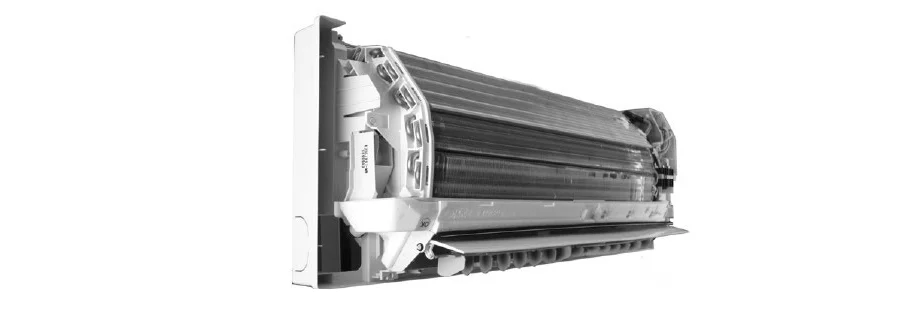
It is designed to facilitate heat transfer from the inside environment. This part of an air conditioner works on the principle of the 2nd law of thermodynamics.
Compressor
It is basically the engine and heart of the air conditioner. It is present in the outdoor unit of an air conditioning system, and its function is to compress the refrigerant gas. This part works on the Combined Gas Law.
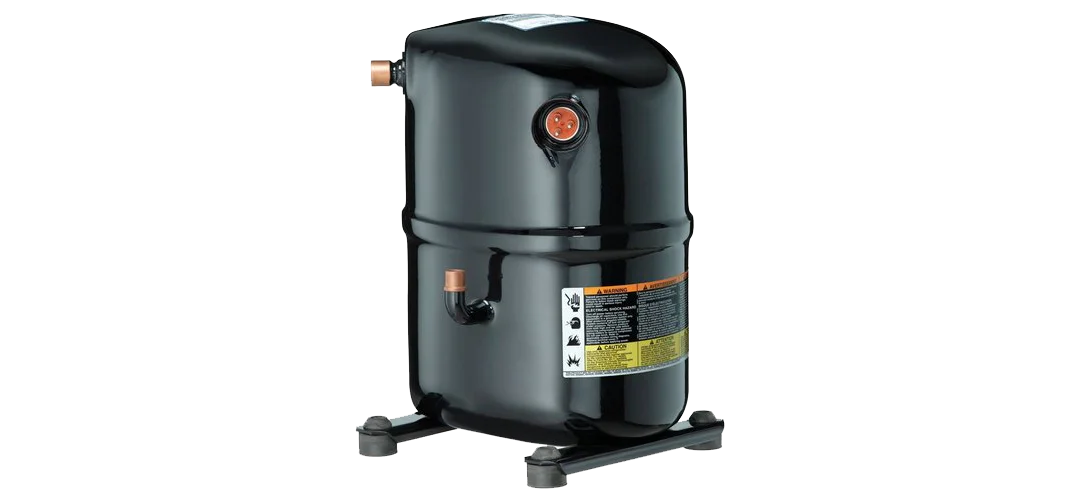
Condenser Coil
The condenser coils are also part of an outdoor unit designed to facilitate heat transfer to the outdoor environment. It also works on the principle of the 2nd law of thermodynamics.
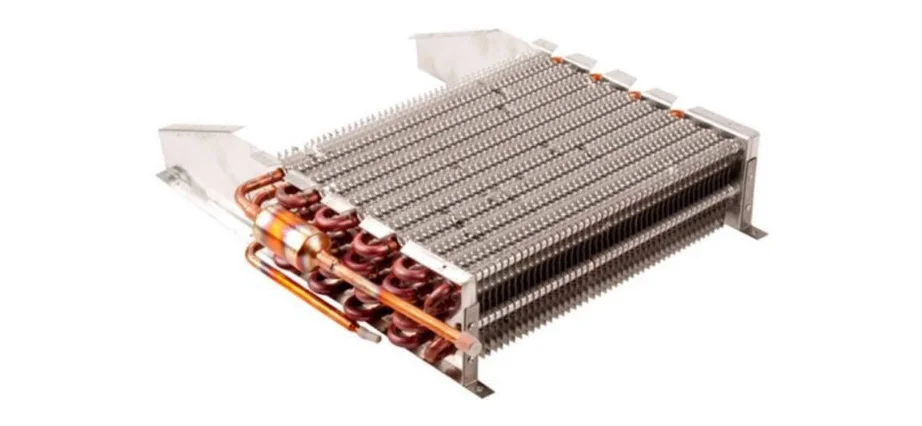
Expansion Valve
It is also known as a metering device or thermostatic expansion valve and present in an indoor unit. It regulates the flow of refrigerant and depressurizes it before sending it to the evaporator coil. It works on the Combined Gas Law.
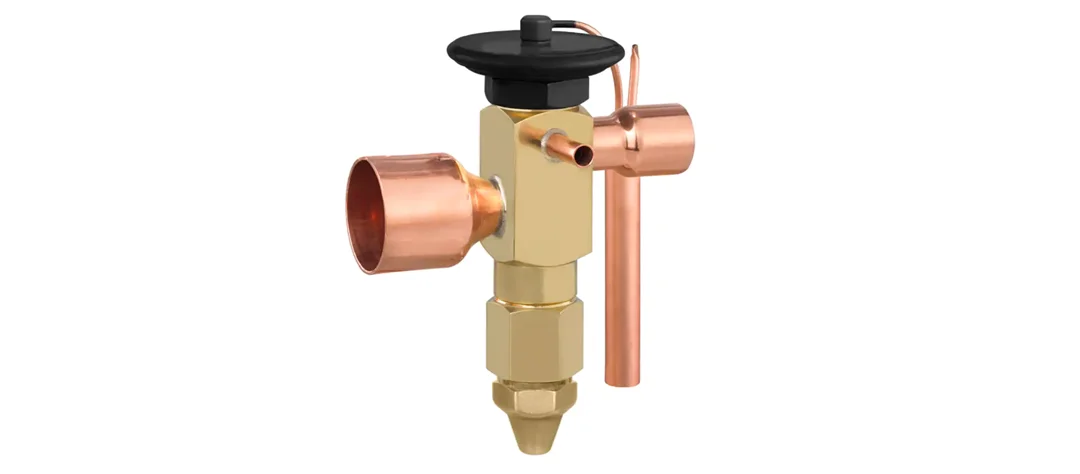
All the above four major parts of an air conditioner are connected through connecting pipes making a closed loop.
Refrigerant
It is a significant component that flows through all the above parts and connecting pipes and transports heat. It is a special fluid with a low boiling point and sometimes called a coolant or freon.

This refrigerant is the actual carrier or medium of heat exchange between the external environment and internal components of an AC.
Along with the above major components, an air conditioner also has other parts too. They are:
- Blower: It is used to draw warm and humid room’s air to evaporator coils
- Evaporator and Condenser Fan: These fans speed up the process of heat exchange.
- Filters: The primary function of filters are to purify the air inside the room. They filter out the dust, smoke, pollens, and other pollutants.
- Control Panel: These are used to control the settings of an air conditioner.
- Drain Hose: It is used to remove the condensate from the evaporator coil and is necessary for controlling humidity.
- Connecting Pipes: These pipes connect all the major parts of an air conditioner.
- Thermostat: It measure the temperature variations of the room and present inside the indoor unit.
Each and every part of an Air Conditioner manipulates the phase (state), temperature, and pressure of the refrigerants. By doing so, it allows the air conditioner to cool the space.
How AC Works: Central, Window, and Split Systems
An Air Conditioner takes away the room’s heat and transfers it to outside, thereby cooling the space. The flow involves converting refrigerant gas into the liquid state then again to the gaseous state at convenient temperatures.
The basic principle of an air conditioner is the same for all the types of ACs, be it central, Windows, or Split systems.
The working of an air conditioner involves four different processes that form a thermodynamic cycle. This cycle is known as the refrigeration cycle, and the four processes involved are evaporation, compression, condensation, and expansion of the refrigerant liquid.
The refrigerant passes through these stages and changes its state from liquid to gas, then again from gas to liquid forming a cycle, thereby cooling the indoor space. The change in pressure and state of the refrigerant let it absorb or release heat. It continues till the desired temperature is reached or till we stop it.
This whole process of conditioning the air form a cycle and continue till we stop it. This cycle is known as the refrigeration cycle and involves four processes.
Evaporation
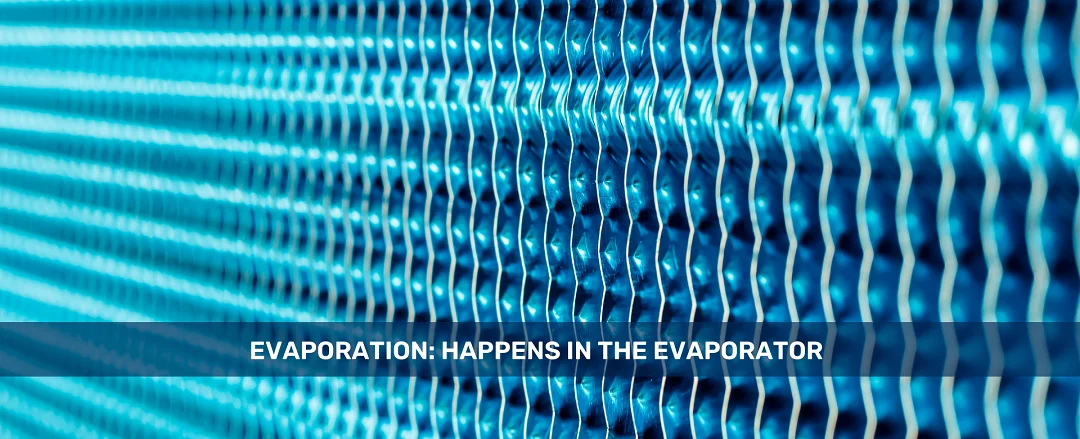
This process happens in the evaporator, a part of the indoor air conditioning unit placed inside our home where the air conditioner picks up the heat from inside our house.
The evaporator received the depressurized cold liquid refrigerant from the expansion valve. When indoor air blows over the cold coils, the heat from inside the room gets absorbed by the cold refrigerant, and it starts to evaporate to form a vapor. As a result, the inside environment loses heat and cools down.
The refrigerant liquid changes into a low-pressure gas that exits from the other side and goes to the next part of an Air Conditioner, i.e., the compressor.
Compression
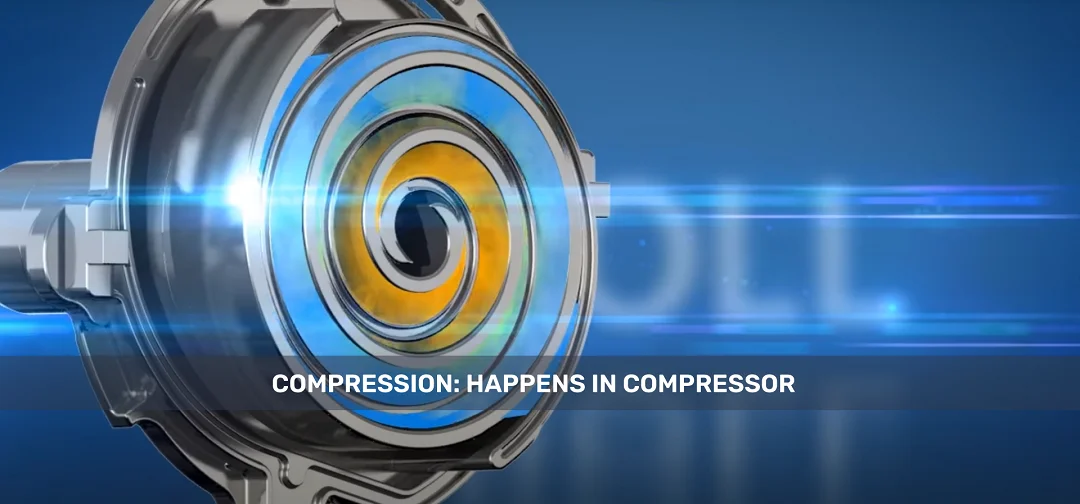
After the evaporator, the high-temperature and low-pressure refrigerant gas will enter the compressor. The compressor’s job is to pressurize or compress the refrigerant gas by squeezing it, and as the pressure of the gas increases, its temperature also increases. The temperature of the refrigerant gas becomes higher than the outdoor temperature.
It increases the temperature and pressure of the refrigerant by using a compressor motor and helps the refrigerant prepare for condensing process. The high-pressure refrigerant gas that comes out of the compressor is hotter than the outside temperature.
This high pressure and high-temperature gas vapor of freon will go to the condenser through the connecting pipe.
Condensation
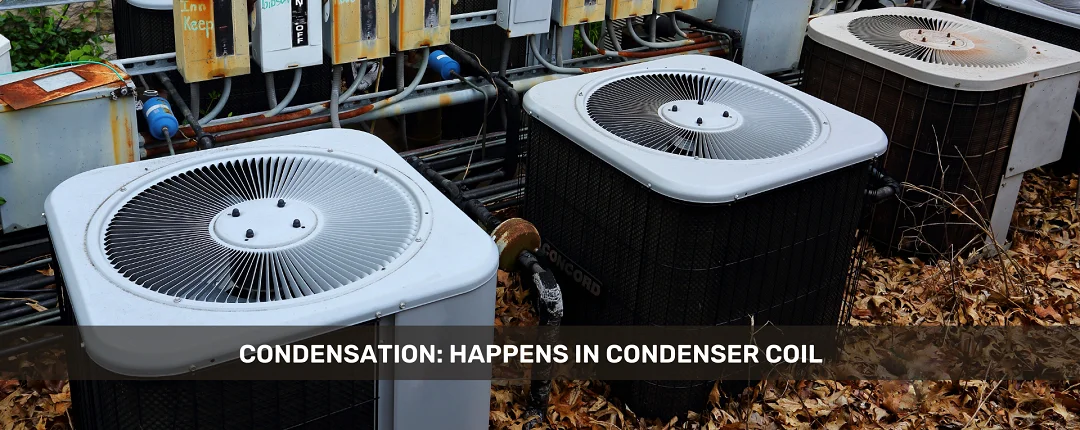
The condenser is a black zigzag shape part that belongs to the outdoor air conditioning unit of the cooling system placed outside of our home. The high pressure and high-temperature refrigerant gas reach the condenser in the form of superheated vapor.
According to the 2nd law of thermodynamics, the heat naturally flows from hotter to colder bodies, so it flows from the hot condenser coil to the outside environment, and with the aid of the condenser fan, the speed of this process is increased.
As the heat leaves the refrigerant gas, it changes its form from gas to liquid at the same temperature. This high-temperature condensed liquid refrigerant will leave the condenser and enter the expansion valves through this connecting pipe.
This whole process of condensation is the opposite of the evaporation that takes place in the evaporator coil.
Expansion

The high-temperature liquid refrigerant that comes out of the condenser coil is still too hot to enter the evaporator coils. Its pressure is also high. So, the temperature and pressure of this liquid need to be reduced. This is where the expansion valve comes in.
It depressurizes or reduces the pressure between the refrigerant molecules by restricting the refrigerant flow, thereby reducing the pressure of the fluid. The decrease in pressure will have a cooling effect on refrigerant liquid, and its temperature of liquid drops.
This low-temperature refrigerant is at a temperature lower than room temperature. The expansion valve also controls the amount of refrigerant entering the evaporator.
The low-pressure and low-temperature refrigerant liquid then enters the evaporation coil, and the cycles continue. The process keeps on repeating continuously until the temperature inside the room reaches the desired level you set.
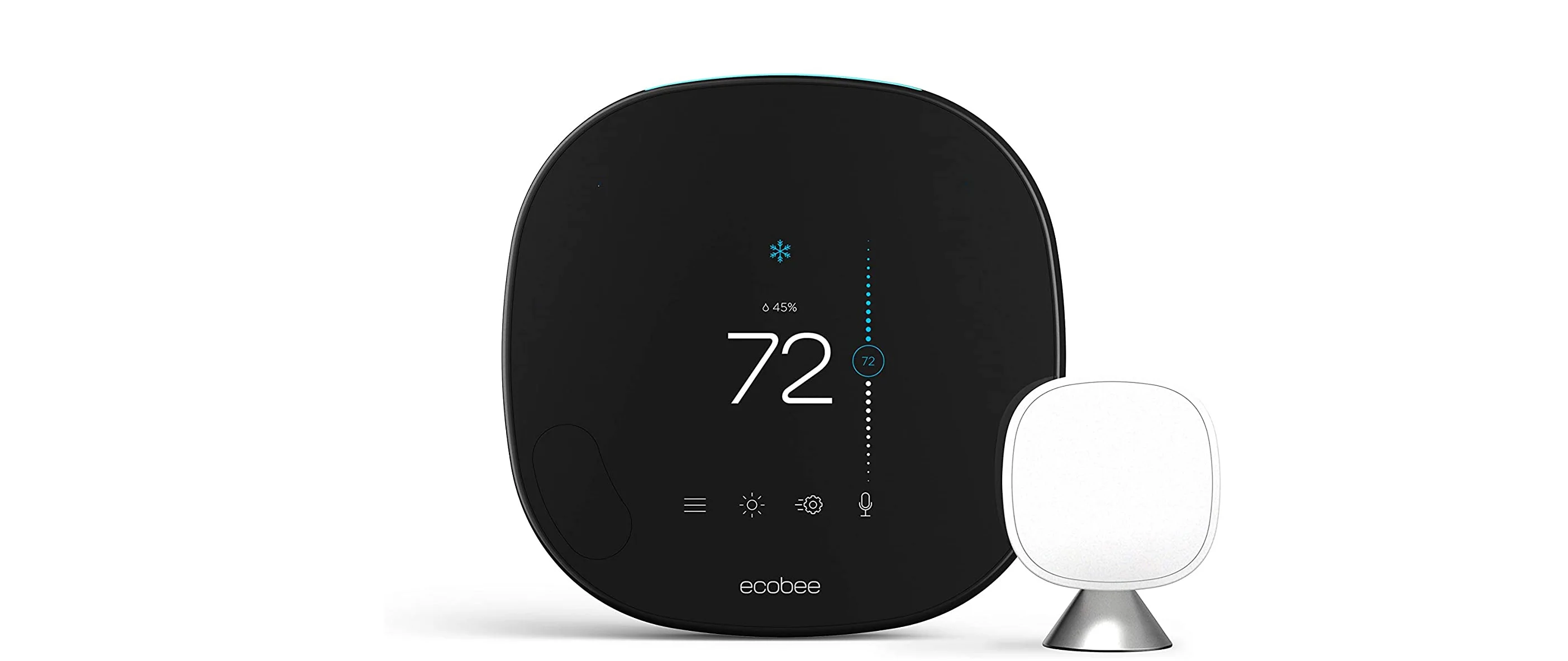
A thermostat inside the indoor unit measures the temperature variations. So when the desired temperature of the room is attained, it indicates the compressor to shut down(in non-inverter AC) or switch to energy conservation mode( inverter AC). This feature avoids the unnecessary wastage of energy.
Air Conditioner as a Dehumidifier

According to the US EPA (United States Environmental Protection Agency), the comfortable indoor humidity level ranges between 30 to 50 percent. An excess of Humidity can cause many problems such as mold growth, a bad odor, water stains, and more. So, it is vital to have the right level of Humidity.
One of the great things about air conditioning is that in addition to cooling spaces, it can also act as a dehumidifier by controlling and regulating the Humidity of a room or area.
In fact, the “Father of Air Conditioning,” Willis Haviland Carrier, invented a modern air conditioner originally to control air humidity in a printing plant in 1902. In those days, the AC is generally used to remove Humidity from industrial spaces, and the cooling of the air is considered a secondary effect.
The combination of dehumidification and reduction in the temperature of space defines the “conditioning” of the air.
How does AC remove Humidity
The removal of moisture during air-conditioning of air occurs when the room’s relatively warm and moist air is pulled by a blower across the cold evaporator coils.
According to physics, warm air can hold more water than cool air, and when it cool by coming in contact with evaporator coils, it releases moisture which forms as condensation on the coils. The chilling evaporator coil condenses water vapor in the moist air and removes unwanted Humidity.

It is similar to the condensation that appears on the outside of a glass containing a cold beverage or cold water. It happens because the outer surface of the glass is cold and the moisture in the air close to the glass cools off, and the amount of humidity it holds drops.
These water droplets eventually drip off and are collected in a condensate pan and drained from a drain hose to the outside or a sewer connection. A reduction in room humidity tends to improve the comfort level of the occupants by enhancing the effectiveness of the body’s natural cooling system.
Final Thoughts
The refrigeration cycle in an air conditioning unit is basically the same for each type of AC system, be it small AC units like windows and split systems or big units like central air conditioners, multi-split systems, or industrial chillers, etc. It is even the same for our freezer and refrigerator too.
The efficient working of an air conditioner needs the correct capacity of AC for your room or space. To calculate the recommended AC capacity required for a particular area, you can use our AC tonnage calculator. However, if you plan to buy an AC for your room, you can check our extensive AC Buying Guide.
Hopefully, this article helped you understand the workings of an air conditioner. If you’ve found this blog post informative, share it with your dear ones or on your social platform.
If you have any suggestions or feel that we have left anything or made any mistakes, please do let us know in the comments section below. We’ll update this article asap!

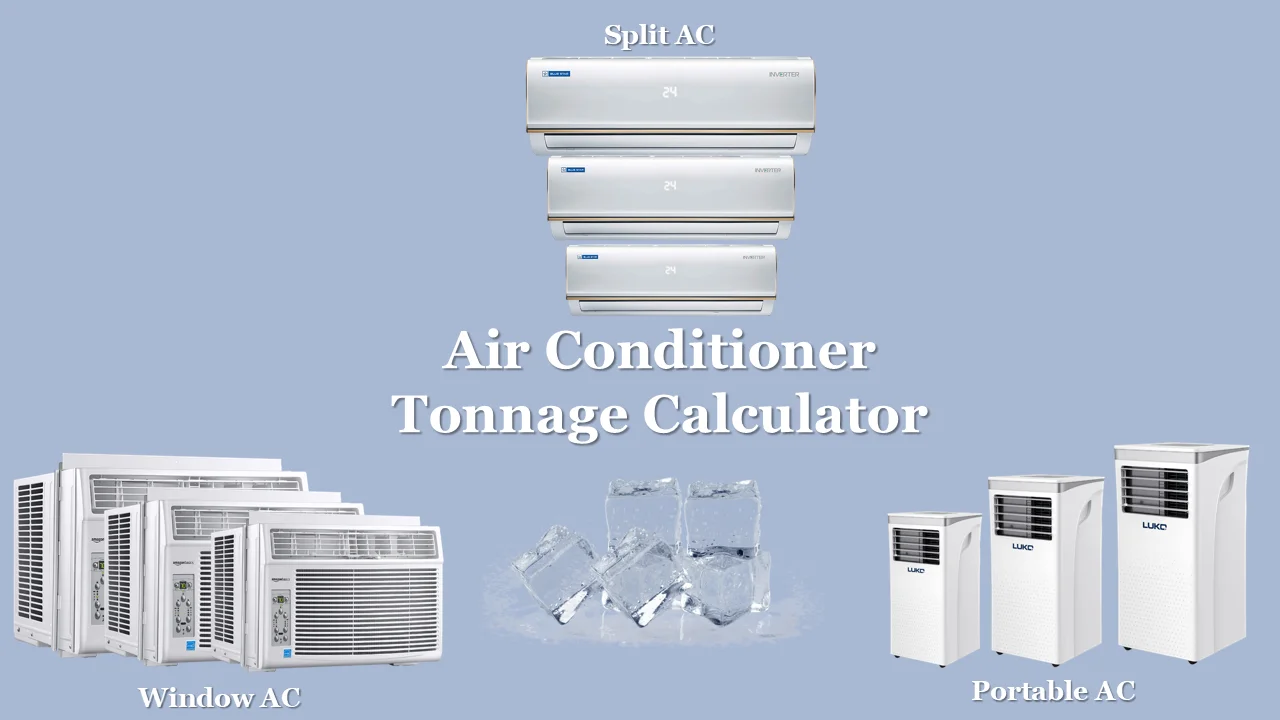

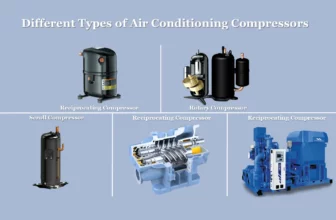

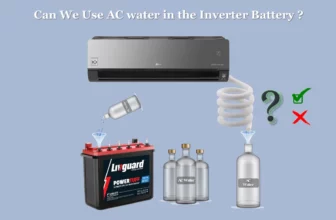
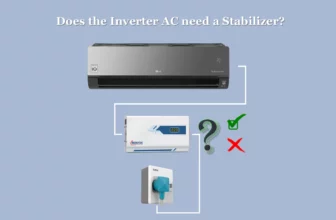


[…] properly, or whether there are leaks in the gas line. It comes in handy when it’s time for a refrigerant change or removing refrigerant from the air conditioner. It’s also very useful when […]
[…] apparatus, hot air was made to pass through coils filled with cool water. Consequently, the humidity was removed, and the air was rendered […]
[…] Read More: How AC Works? All about Working of an Air Conditioner […]
[…] Air Conditioner acts as a dehumidifier and reduces the closeness or stickiness of the heat in a space. It draws moisture from the air in a […]